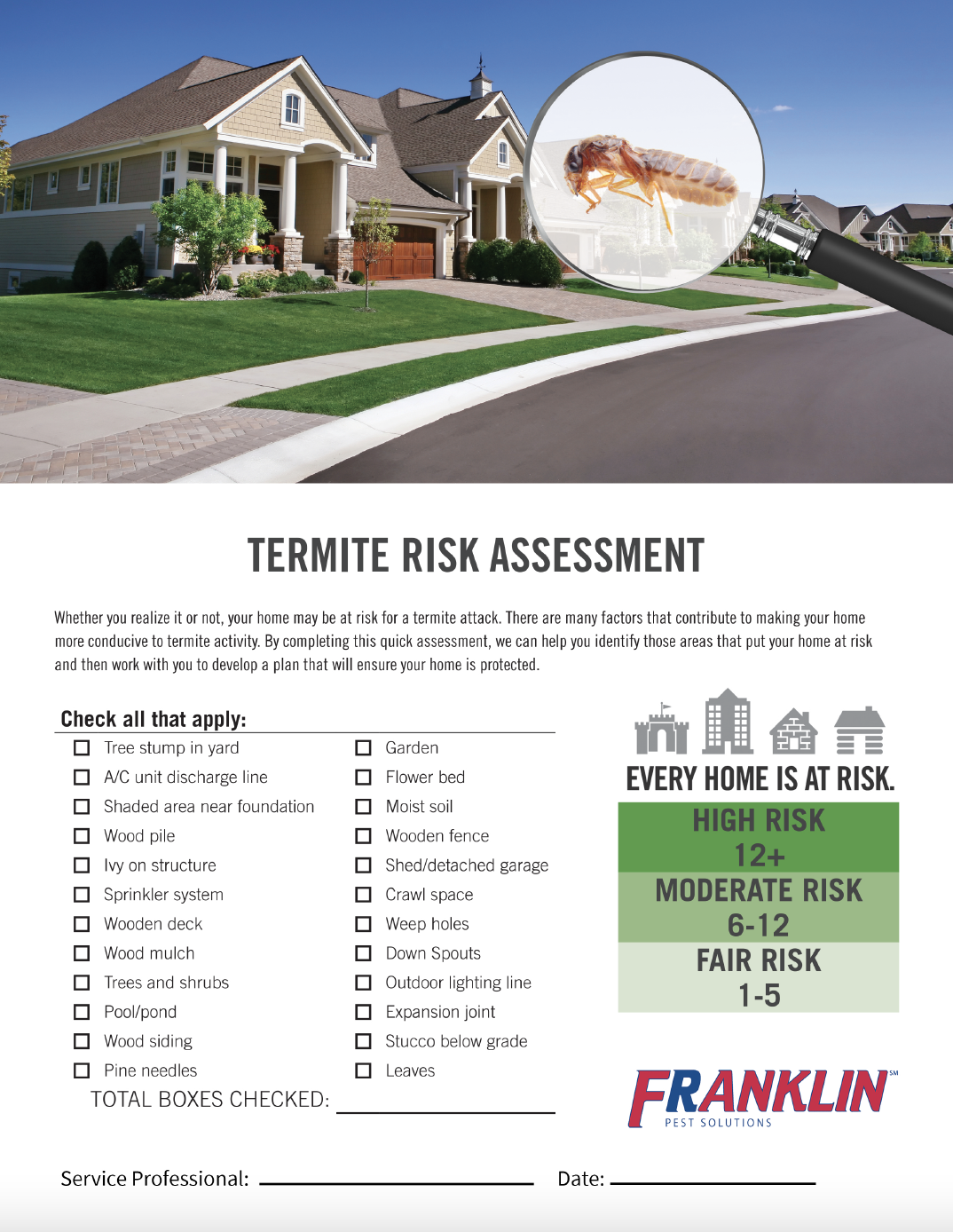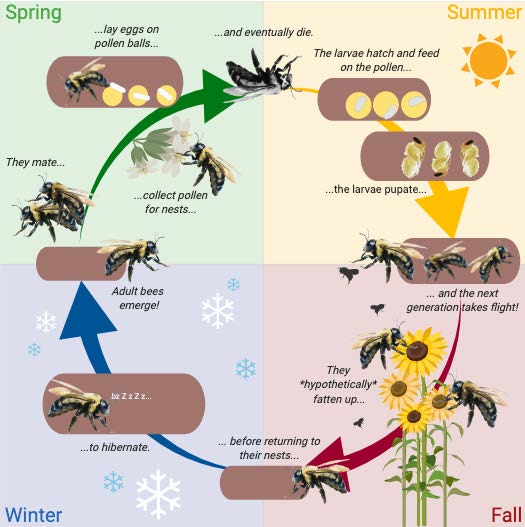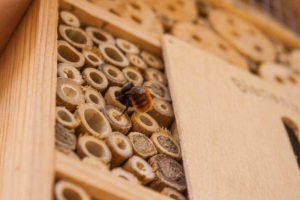Spring has SPRUNG! And with the warmer weather comes aaaaaall the bugs. There are a few in particular we want to talk about in this blog post because of the potential damage they can cause to homes. Termites, ants, and carpenter bees are the three emerging spring pests to watch out for right now.
Termites
People don’t believe it, but termites are the number one most damaging pests in our area. We see it more frequently than you could begin to imagine. And it’s always heart-breaking because homeowner’s insurance does not cover termite damage. And by the time folks realize something is strange, the damage has likely already been done.
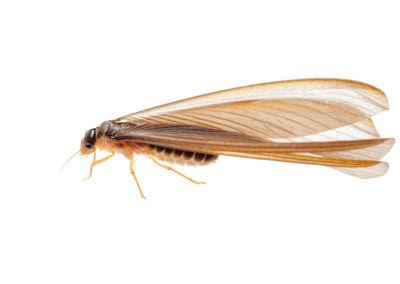 |
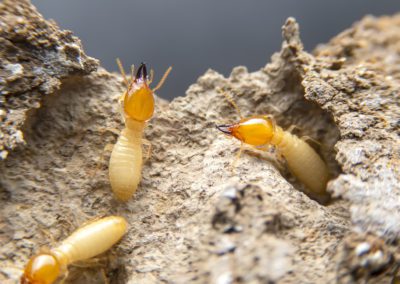 |
Termites are not just a southern pest. They survive harsh temperatures during our winters by going deeper into their subterranean lairs. Sure, there’s tons of metal and concrete everywhere in our cities, but termites won’t let that stop them. It’s not just water-logged or rotten wood they’ll seek as a food source. It could be cardboard boxes in a basement, newspapers, sheetrock, books, and so many more things they are feeding on.
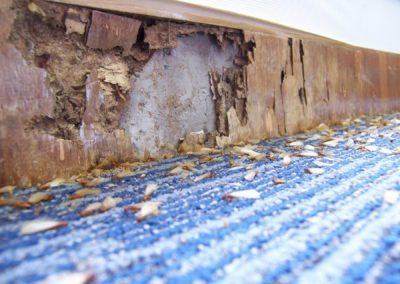 |
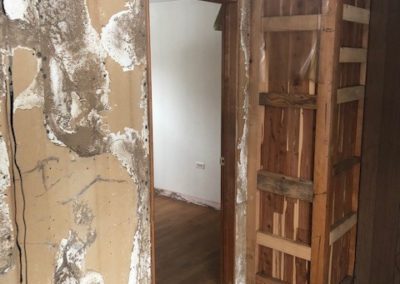 |
How can I make sure I don’t get termites?
In general, if it’s been longer than 2 years since you’ve had a termite inspection from a licensed professional, it’s a good time to get it scheduled. We’ve had a lot of wacky weather in the last few years and there’s a lot that goes on behind the scenes that might be out of sight, but to an expert, they are TOP of mind when it comes to termite prevention and control.
Our Healthy Home Maintenance customers automatically get peace of mind with our complimentary Termite Risk Assessment. Our Service Professionals are trained to identify specific conditions that might attract termites and other pests. Food, shelter and moisture are what termites absolutely need to survive. Eliminating these necessities make it difficult for termites to take up residence in your home. This short video shows you what termites are, what they do and how our most popular green termite elimination system works.
For completely green termite prevention that’s monitored every year, bundle Sentricon with our Healthy Home Maintenance service. Under our watch, you won’t have to worry about a thing. This is the Termite Risk Assessment form our service professionals use to give our existing Healthy Home Maintenance Program customers some extra peace of mind.
Ants
If you’re seeing ants, please know you are not alone. When it rains in the spring, ant colonies get flooded out. They live underground. When heavy downpours flood streets, sewers back up and yards get saturated, they only have one direction to go. And that’s up, towards drier land. You have to keep in mind, it may seem like an infestation of ants to us when they all of a sudden pop up around the sink in the kitchen or the base of the toilet in the bathroom. But it is literally only a small fraction of the amount of ants that are in that entire colony somewhere underground.
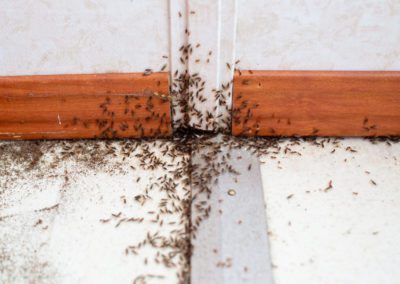 |
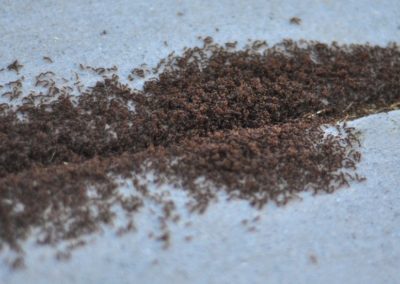 |
Once a pheromone trail is established, an annoying ant invasion can turn into a major pest problem quickly. Some ants can even cause structural damage, like carpenter ants. Knowing what species of ant you’re dealing with tells an expert exactly what measures need to be taken to push them back into nature where they belong.
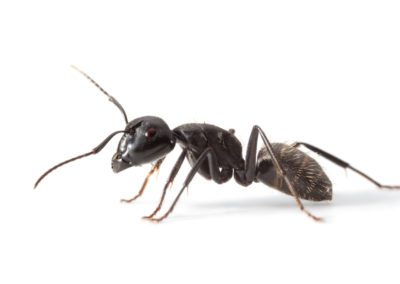 |
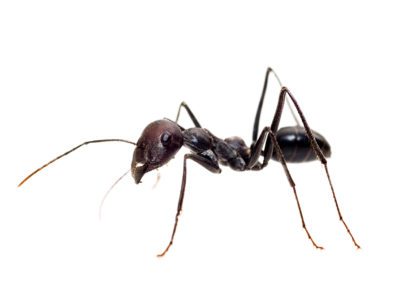 |
There’s not one single “cure-all” product for all ants. Much like when we get sick and go to the doctor, there’s a prescription specifically written for the type of illness being treated. Because different ant species are attracted to different things, there are many different prescription products for controlling specific species of ants. Our service professionals are highly trained to identify the species and prescribe the most effective solution long-term.
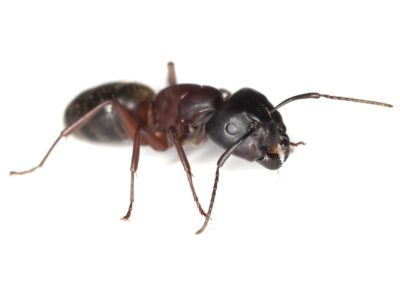 |
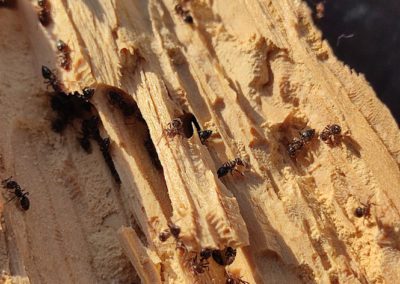 |
Tired of dealing with ants every year? We can help keep ants and dozens of other pests at bay with our Healthy Home Maintenance Program!
Carpenter Bees
Carpenter bees feed on nectar, so it’s no surprise that we start to see these little guys emerge when flowers begin to bloom! They get their name from their habit of boring into wood to make galleries where they raise their young. In natural habitats, they live in logs and dead tree limbs, while around homes they target bare wood decks, fences and window sills. They prefer weathered or bare wood to painted wood. Like carpenter ants, the softer or more rotten the wood is, the more attractive it is to these bees.
Protecting our Pollinators
Carpenter bees are capable of damaging structures, but they’re also important pollinators. What are we supposed to do when we need to be protecting our beloved pollinators but we can’t have them eating our houses?! It’s all about balance. They were here first. Humans displaced their natural habitats with subdivisions. So, sometimes they just need a little guidance to do their thing away from where we don’t want them.
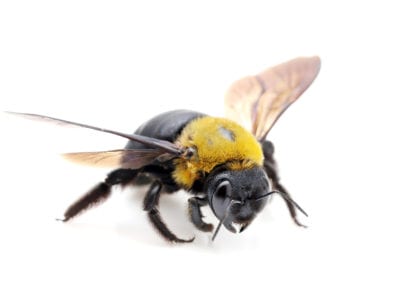 |
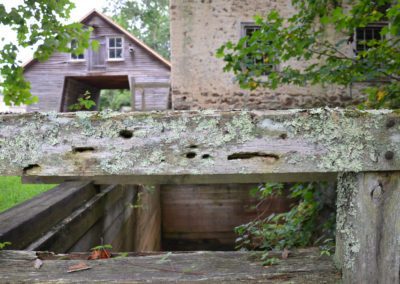 |
One great DIY method for deterring carpenter bees is to make or buy a mason bee house and install it in a tree or far away from the living areas of your yard to divert their attention.


